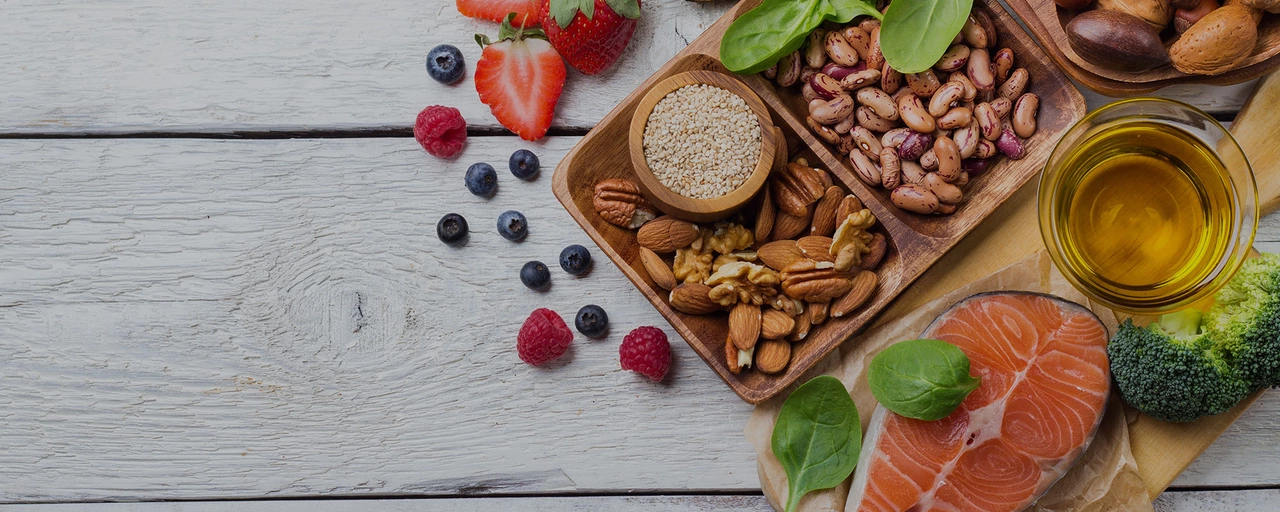Kohlrabi: A practical guide to eating, storing, and cooking it
Kohlrabi looks odd but eats great. It’s a crunchy crucifer with a mild cabbage-turnip flavor and more vitamin C than an orange per 100g. You can eat the bulb raw, roast it, or cook the leaves like kale. It’s low-calorie, high in fiber, and easy to add to meals if you know a few simple tricks.
How to pick, store, and prep kohlrabi
Pick kohlrabi that’s firm, heavy for its size, and has smooth skin. Small to medium bulbs taste sweeter and are less woody. Avoid bulbs with soft spots or lots of cracks. Fresh leaves are a bonus — they’re edible and nutritious.
To store, trim the leaves (they pull moisture from the bulb). Put the bulb in a plastic bag in your fridge crisper; it keeps for about 1–2 weeks. If you’ve peeled or cut it, store slices submerged in water in the fridge for up to 3 days to keep them crisp. For long-term storage, blanch cubes for 2–3 minutes, cool, then freeze; they’ll last several months.
Prep is simple: peel the tough outer skin with a knife or vegetable peeler, then slice, dice, or shred depending on the recipe. The leaves can be sautéed or added to soups. Cooking reduces any gas-producing compounds that some cruciferous veggies have, so cook them if you get bloated from raw cabbage-like foods.
Simple ways to eat kohlrabi (fast recipes)
Raw slaw: shred 1 medium kohlrabi, toss with a squeeze of lemon, 1 tbsp olive oil, salt, pepper, and chopped parsley. Add apple or carrot for sweetness.
Roasted cubes: cut into 1-inch pieces, toss with 1 tbsp olive oil, salt, and pepper. Roast at 400°F (200°C) for 25–30 minutes until golden. Try with smoked paprika or rosemary.
Sautéed greens: use the leaves like chard. Sauté garlic in 1 tbsp oil, add chopped leaves, cook 3–5 minutes, finish with lemon or a splash of soy sauce.
Soup or mash: add diced kohlrabi to potato soup for a subtle sweetness, or boil and mash it alone or mixed with potatoes for a lighter mash.
Health notes: kohlrabi supplies fiber, potassium, vitamin C, and some B vitamins. If you have thyroid issues, avoid eating large amounts of raw crucifers daily; cooking reduces compounds that can affect iodine uptake. If you take blood-thinning medication, check with your clinician before making big diet changes—kohlrabi isn’t high in vitamin K, but overall diet shifts matter.
Bottom line: kohlrabi is versatile, cheap, and quick to prepare. Try it raw in salads, roasted as a side, or use the leaves like any leafy green. Once you taste it, you’ll look for excuses to add this crunchy crucifer to dinner.
From Farm to Supplement: The Incredible Journey of Kohlrabi as a Dietary Powerhouse
I recently stumbled upon the incredible journey of kohlrabi, a lesser-known vegetable, and its transformation from a humble farm produce to a dietary powerhouse in the form of supplements. This cruciferous veggie is packed with essential nutrients like vitamin C, potassium, and fiber. What's amazing is that it is now available in supplement form, making it easier for everyone to reap its benefits. I've been astounded by the numerous health benefits kohlrabi offers, such as strengthening the immune system and promoting digestion. It's truly fascinating to see how this underrated vegetable has made its mark in the world of health and wellness.
© 2025. All rights reserved.

